8 Common Insulation Problems and Solutions
Issues with home insulation, such as spray foam insulation and fiberglass insulation, include poor installation, air leaks, mold growth, moisture buildup, odors, adhesion failures, material incompatibility, high costs, and overheating. Solutions involve hiring certified insulation installers, ensuring air-sealed systems, proper ventilation, and compatibility assessments to reduce energy bills and enhance comfort.
Home insulation is essential for maintaining low energy bills, improving comfort, and protecting structural integrity. However, common problems with spray foam insulation, fiberglass insulation, blown-in insulation, and other insulating materials can undermine these benefits. Below, we explore these issues, focusing on attic insulation, older home challenges, and practical solutions to ensure an air-sealed and efficient home.
What Is Insulation?
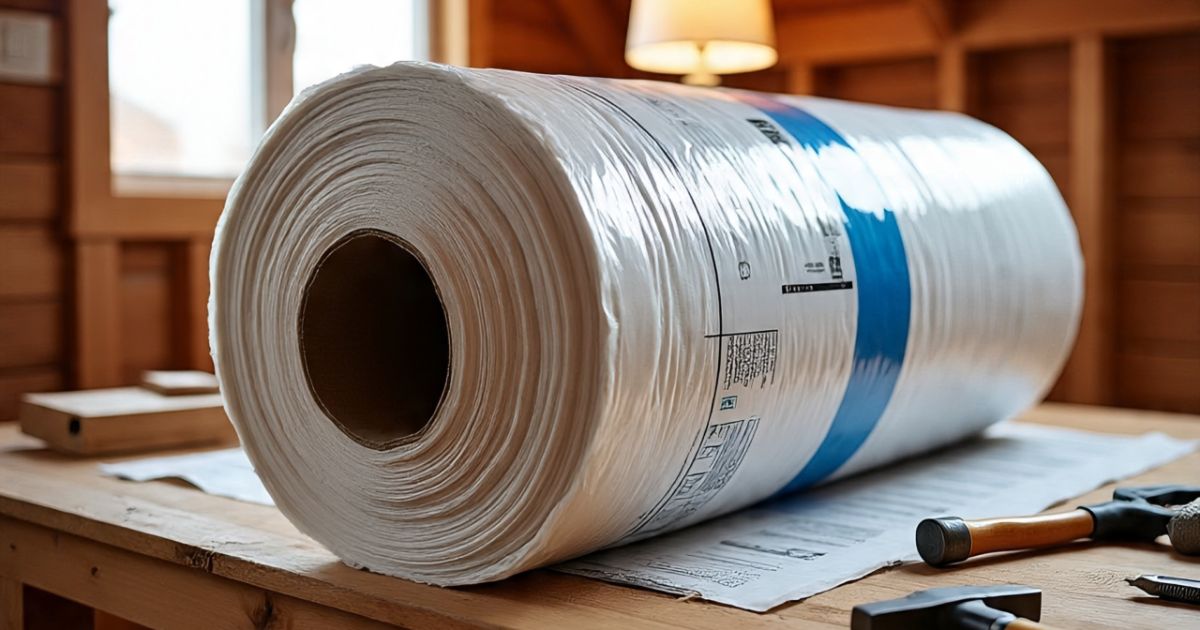
Insulation, such as spray foam, fiberglass batts, or blown-in cellulose, creates a barrier to prevent heat loss or gain. Installed in walls, attics, and floors, it seals air leaks, improving efficiency, especially in attics of older homes.
Why Is Proper Insulation Important?
Proper insulation lowers energy bills, enhances comfort, and protects against mold and structural damage. Want a cozier home with lower bills?
Effective insulation reduces energy costs by minimizing heat transfer, maintains consistent indoor temperatures, and prevents moisture-related issues like mold. A well-sealed system, particularly in attics, reduces HVAC strain and improves air quality, crucial for older homes.
Is It Time to Upgrade Your Insulation?
Upgrade if you notice high energy bills, drafts, uneven temperatures, or mold, especially in homes over 15-20 years old. Feeling drafts or seeing high bills?
Signs to upgrade include rising energy costs, cold spots, or visible mold. Older homes with outdated fiberglass batts or settled blown-in insulation may lose efficiency. Consult professional installers to assess and recommend modern materials suited to your home.
1. Poor Installation Leading to Air Leaks
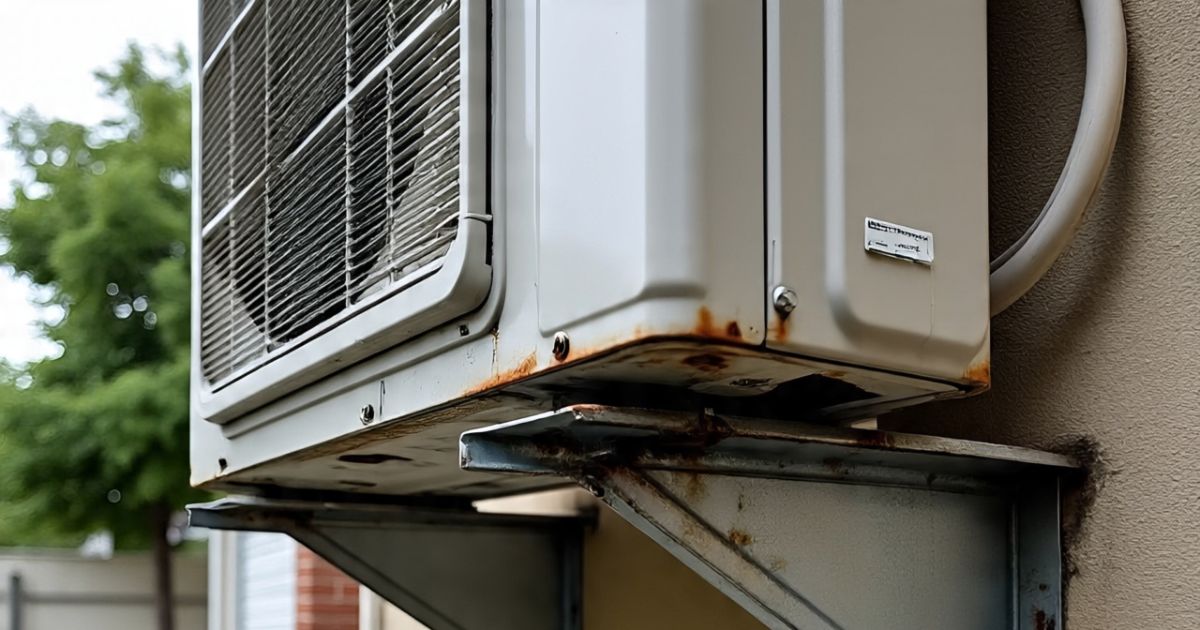
Are high energy bills draining your wallet despite new insulation?
Poorly installed spray foam insulation or fiberglass batts can result in air leaks and thermal bridging, especially in attic insulation. This reduces the effectiveness of the insulating material, allowing heat loss and increasing costs, particularly in an older home where surfaces may be uneven.
Solution:
Hire certified insulation installers trained in proper techniques to install insulation evenly and achieve an air-sealed barrier. For spray foam insulation, ensure the recommended thickness (2-6 inches for closed-cell). Use thermal imaging post-installation to detect air leaks. For fiberglass batts, provide a tight fit without compression to maintain R-value.
2. Moisture Buildup and Mold Growth
Is mold growth lurking in your home? Insulation could be the culprit.
Spray foam insulation can trap moisture if not paired with adequate ventilation, leading to mold growth and wood rot, especially in attic insulation or older home settings with poor airflow. Blown-in insulation like cellulose can also absorb moisture if not properly sealed.
Solution:
Ensure ventilation systems, such as trickle vents or mechanical units, are used to manage humidity. Fix roof or wall leaks before you install insulation. For humid areas, open-cell spray foam insulation allows vapor diffusion, while fiberglass insulation or blown-in insulation may need vapor barriers. Regular moisture checks prevent mold growth.
3. Odors and Off-Gassing Issues
Smelling something odd after insulation? Off-gassing might be the issue.
Improperly mixed spray foam insulation or inadequate ventilation during installation can cause odors or respiratory irritation, particularly in enclosed spaces like attics in an older home.
Solution:
Choose low-VOC spray foam insulation and ensure strong ventilation during and after installation. Test a small area first to confirm compatibility. Certified insulation installers can minimize off-gassing risks, ensuring safer home insulation.
4. Adhesion Failures and Structural Concerns
Is your insulation peeling or causing damage? Adhesion issues could be to blame.
Spray foam insulation that fails to bond due to improper mixing or surface prep can create cavities, trapping moisture and fostering mold growth. In attic insulation, closed-cell foam’s airtightness may stress roof structures in an older home through expansion and contraction.
Solution:
Work with experienced insulation installers who follow strict mixing and surface prep guidelines to ensure an air-sealed bond. Balance airtightness with ventilation to protect structures. Warranties from reputable insulation installers cover adhesion-related common problems.
5. Incompatibility with Existing Materials
Renovating an older home? Your insulating material choice matters.
Spray foam insulation may react poorly with certain roofing materials or existing fiberglass insulation, reducing effectiveness or causing damage in older home settings. This is a frequent attic insulation issue with incompatible membranes or insulation layers.
Solution:
Conduct a compatibility assessment before you install insulation. In some older home scenarios, fiberglass batts or blown-in insulation like cellulose may be safer. Professional insulation installers can recommend the best insulating material for your home’s needs.
6. High Costs and Property Value Impacts
Worried about energy bills and resale value? Insulation costs can add up.
Spray foam insulation is expensive (£20–£70 per m²), and some lenders flag it due to common problems like moisture or structural risks, potentially affecting property value in an older home.
Solution:
Compare long-term savings on energy bills with upfront costs. Alternatives like fiberglass insulation, blown-in insulation, or sheep’s wool may be less contentious with lenders. Keep detailed records of professional installation to reassure buyers or mortgage providers.
7. Overheating from Poor Ventilation
Is your attic too hot? Your insulating material might trap heat.
Closed-cell spray foam insulation creates an air-sealed barrier that can cause attics to overheat, straining HVAC systems and shortening roof lifespan, especially in warmer climates or older home settings.
Solution:
Incorporate ventilation like passive windows or energy recovery systems to regulate heat. Design attic insulation with climate-specific needs, avoiding unnecessary vapor barriers in hot regions. Proper ventilation reduces common problems and protects your roof.
8. Challenges with Other Insulation Types
Not sold on spray foam insulation? Other materials have trade-offs.
Fiberglass insulation can settle, reducing its R-value, while blown-in insulation like cellulose may absorb moisture without proper sealing. Mineral wool, though fire-resistant, is costly and tricky to install in tight spaces like an older home.
Solution:
Choose an insulating material based on your home’s climate, budget, and structure. For example, blown-in insulation suits eco-friendly homes but needs vapor barriers in humid areas. Fiberglass batts are cost-effective but require precise installation to avoid air leaks. Consult insulation installers for tailored recommendations.
Tips for Maintaining Insulation
Regular checks and ventilation maintain insulation performance. Want insulation to last longer?
- Inspect Annually: Check attics for mold, moisture, or settling, especially in older homes.
- Seal Gaps: Use caulk to fix air leaks around vents or pipes.
- Clear Vents: Ensure ventilation is unobstructed to prevent moisture in spray foam or cellulose.
- Avoid Compression: Don’t store heavy items on fiberglass batts to preserve R-value.
- Professional Reviews: Have installers assess insulation every 5-10 years.
FAQs
Q: What causes air leaks in insulation?
A: Poor installation or gaps in fiberglass batts or spray foam allow air leaks, raising energy bills. Certified installers ensure a sealed barrier.
Q: How can I prevent mold with attic insulation?
A: Use ventilation and fix leaks before installation. Open-cell spray foam or vapor barriers with cellulose help in humid areas.
Q: Is spray foam insulation worth the cost?
A: It lowers energy bills but is pricey (£20–£70 per m²). Fiberglass or cellulose may be more budget-friendly for older homes.
Q: When should I upgrade my insulation?
A: Upgrade every 15-20 years or if you notice drafts, high bills, or mold. Older homes may need earlier upgrades.
Q: Can fiberglass insulation cause health issues?
A: Improperly installed fiberglass can release particles, irritating. Professional installation ensures safety.
Conclusion
Common problems like air leaks, mold growth, and overheating can undermine home insulation benefits. By choosing certified insulation installers, ensuring air-sealed systems, and selecting the right insulating material, whether spray foam insulation, fiberglass batts, or blown-in insulation, you can lower energy bills and enhance comfort. Contact a professional to design an attic insulation plan that addresses your home’s unique needs, especially in an older home.

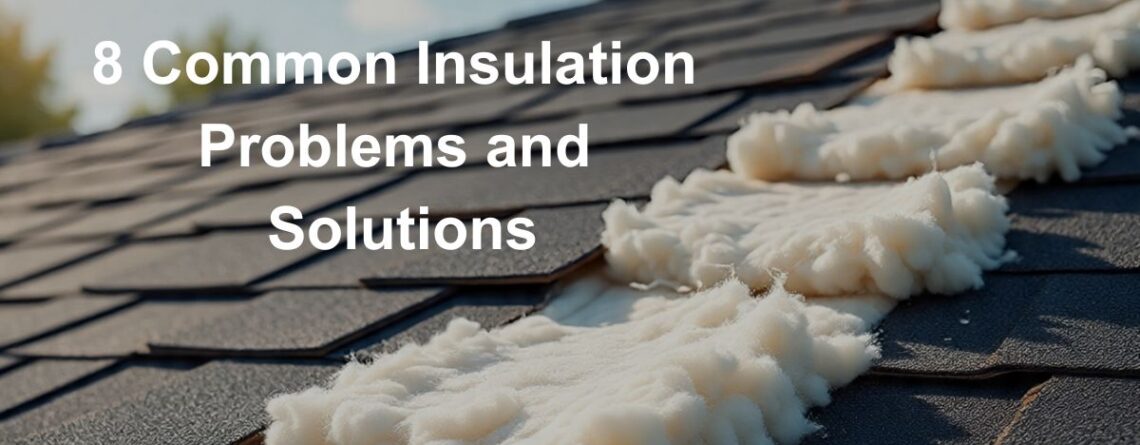
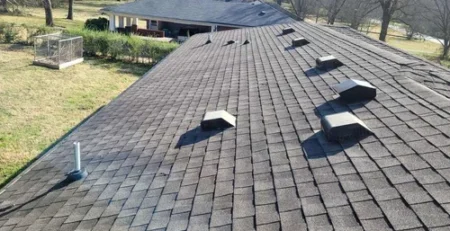
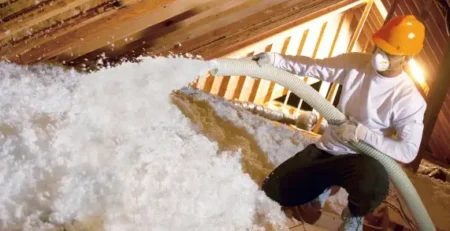
Leave a Reply